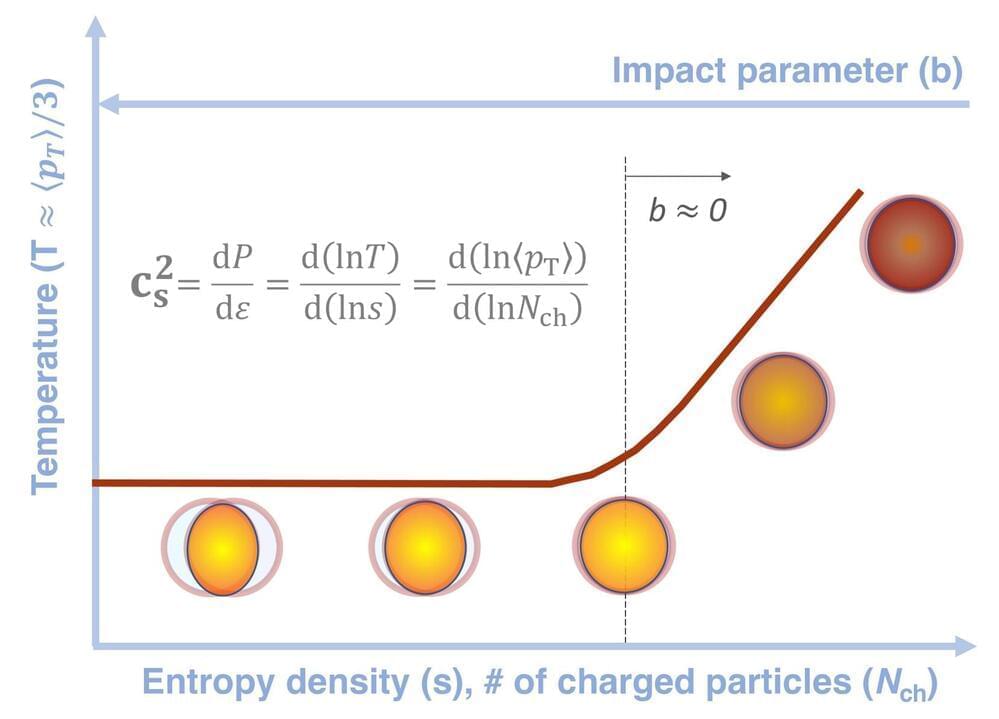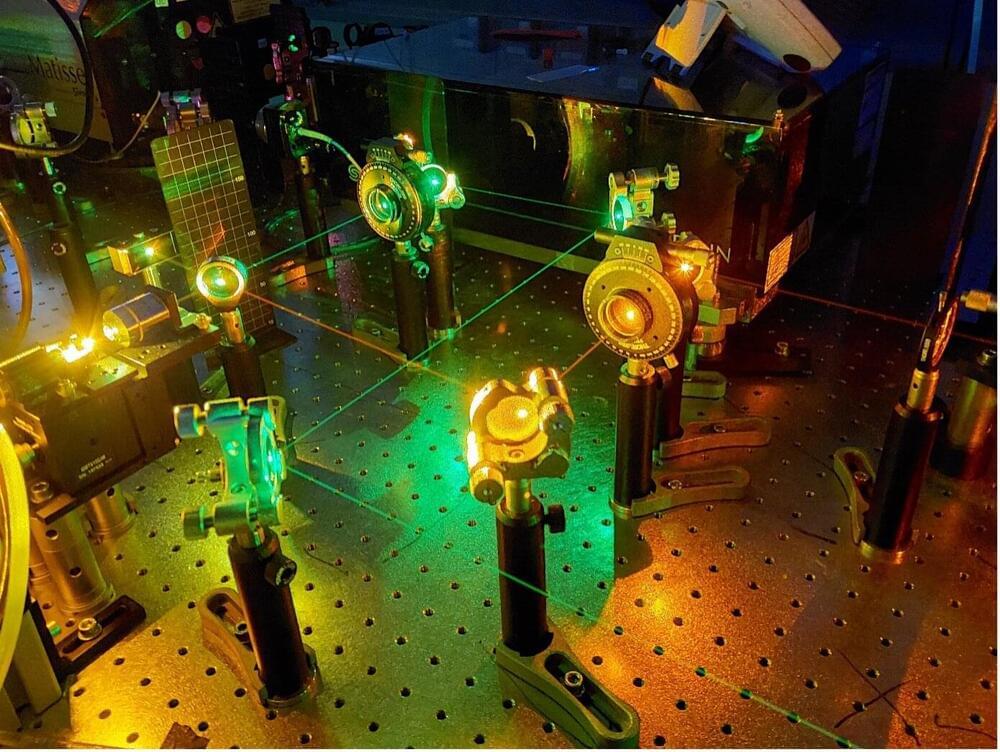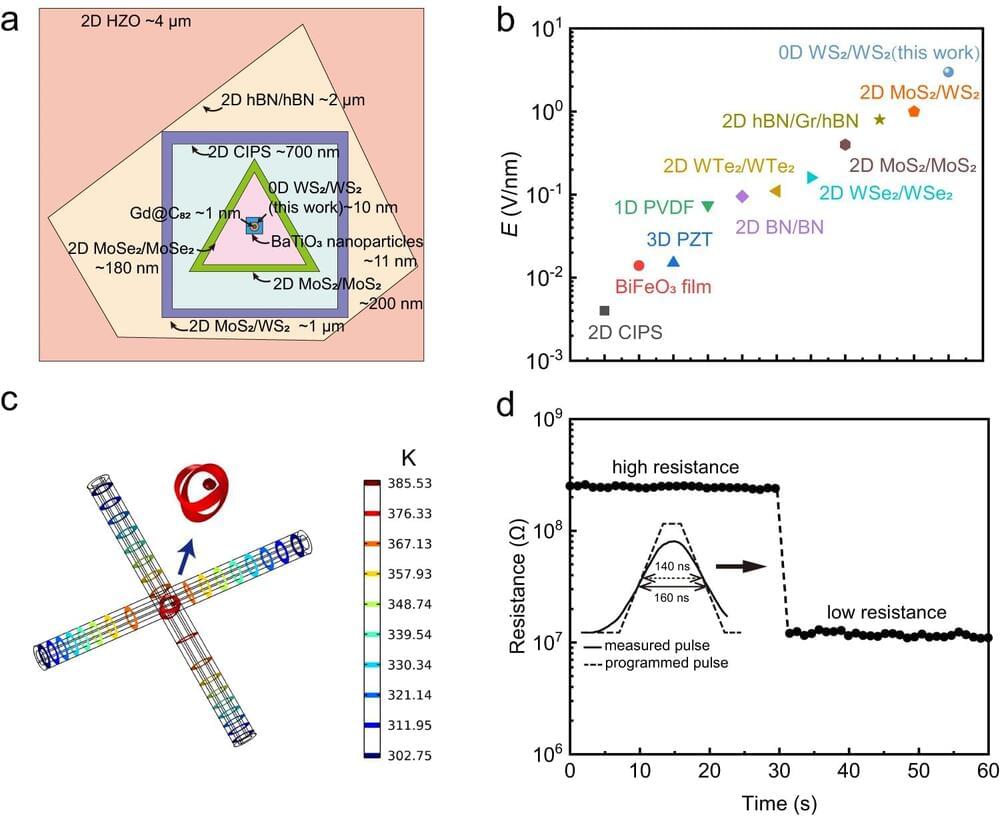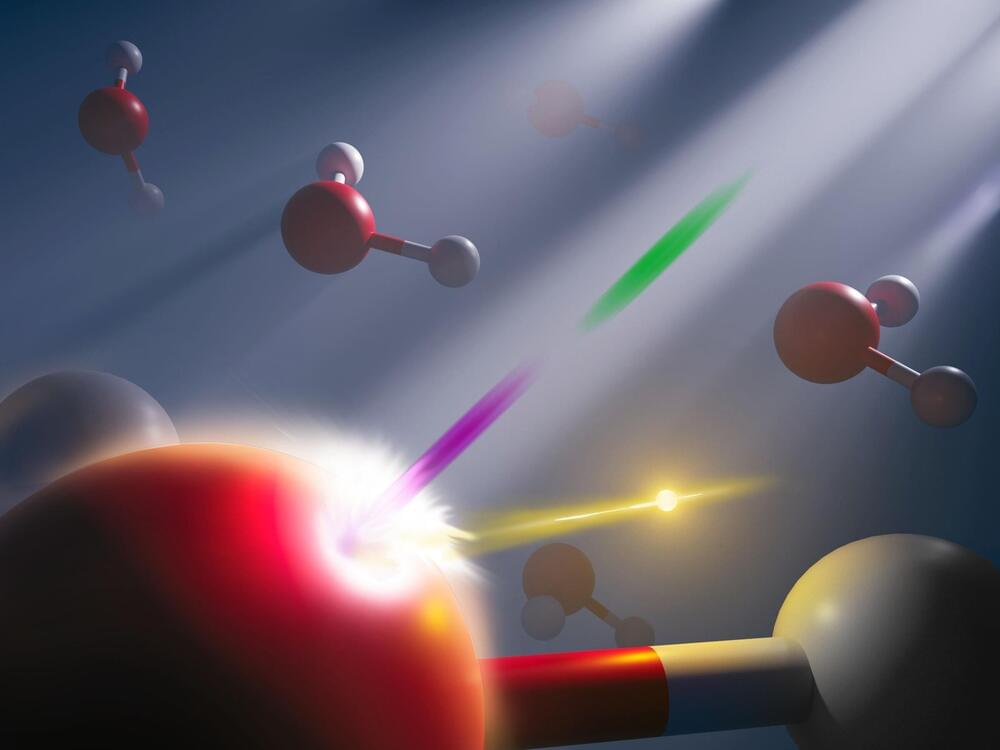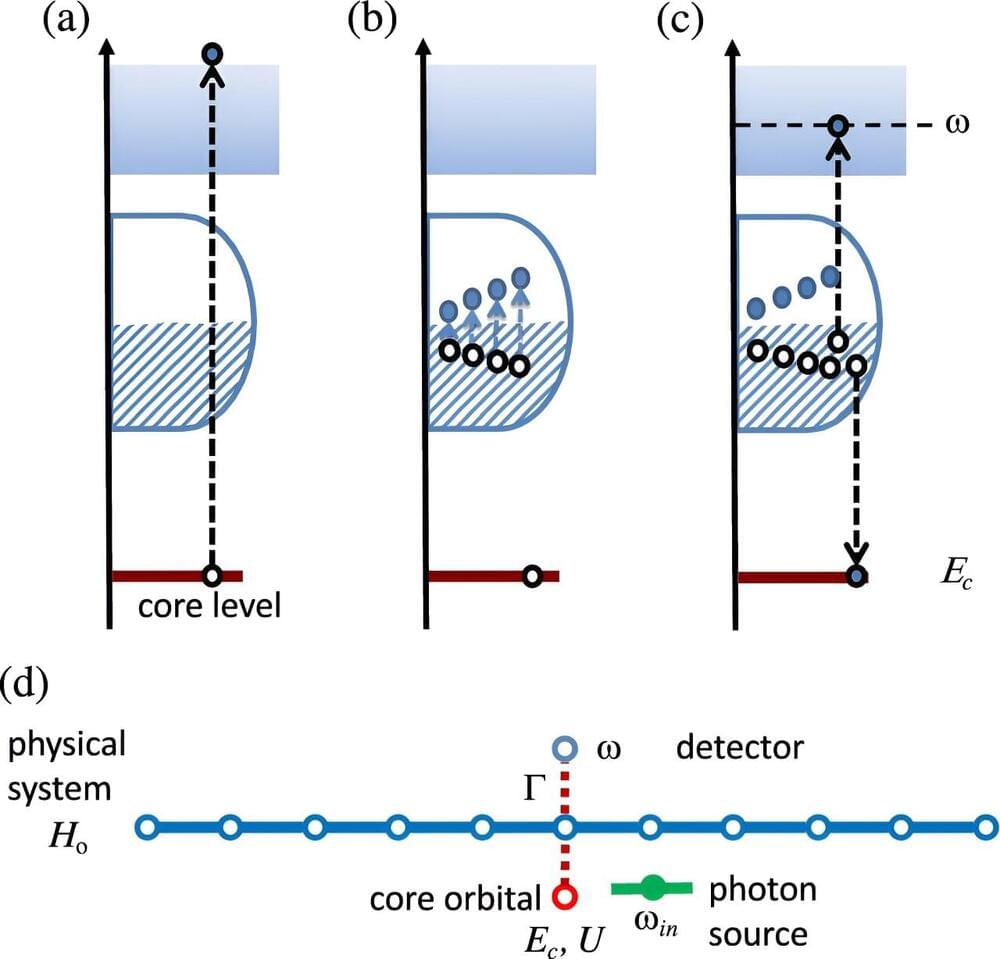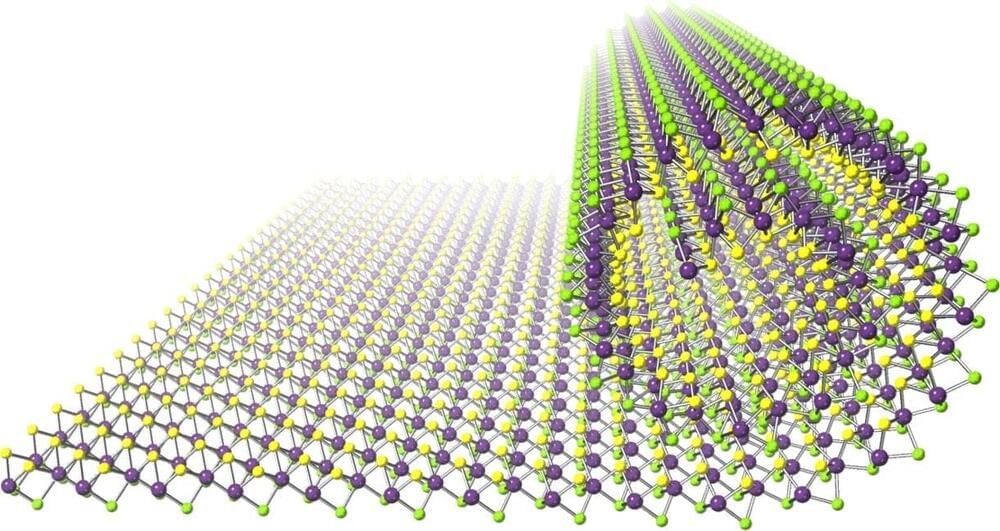Neutron stars in the universe, ultracold atomic gases in the laboratory, and the quark–gluon plasma created in collisions of atomic nuclei at the Large Hadron Collider (LHC): they may seem totally unrelated but, surprisingly enough, they have something in common. They are all a fluid-like state of matter made up of strongly interacting particles. Insights into the properties and behavior of any of these almost-perfect liquids may be key to understanding nature across scales that are orders of magnitude apart.
In a new paper, the CMS collaboration reports the most precise measurement to date of the speed at which sound travels in the quark–gluon plasma, offering new insights into this extremely hot state of matter.
Sound is a longitudinal wave that travels through a medium, producing compressions and rarefactions of matter in the same direction as its movement. The speed of sound depends on the medium’s properties, such as its density and viscosity. It can, therefore, be used as a probe of the medium.
